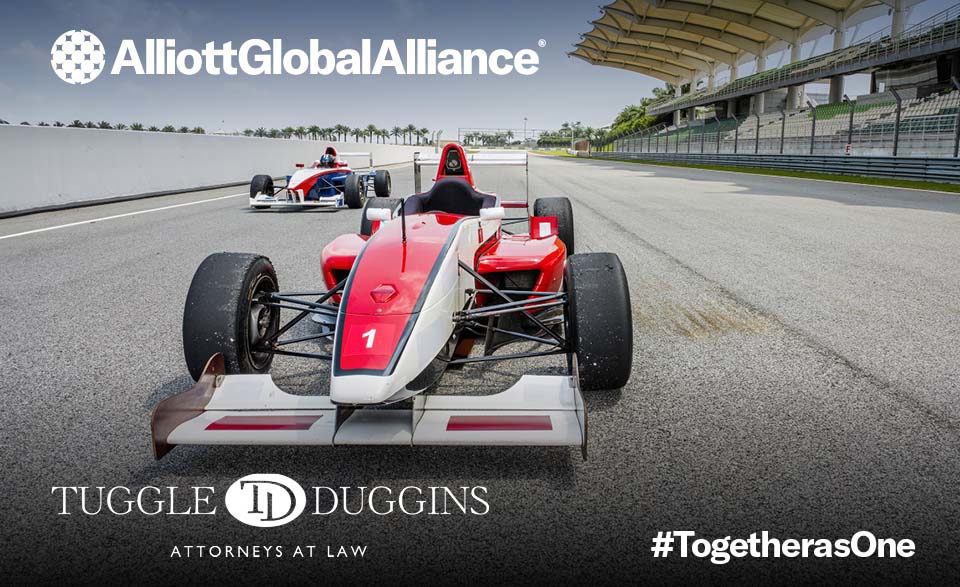Unveiling the intellectual property behind Formula One
12 November 2024
Reinier Smit, Associate Trademark and Patent Attorney at AGA law member Tuggle Duggins, in North Carolina, USA, explores the critical role of intellectual property within Formula One (F1).

As an intellectual property attorney based in Greensboro, North Carolina, my days are often consumed by patent drafting, trademark filings, and the occasional USPTO drama. But I recently traded my suit for a racing cap and headed to the Circuit of the Americas in Austin, Texas, for the Formula One (F1) United States Grand Prix on October 20, 2024. Accompanied by my girlfriend, we immersed ourselves in the world of high-speed thrills, renting an RV and staying on the track from Thursday through Monday. The experience was nothing short of exhilarating, not just because of the roaring engines and the electric atmosphere, but also due to the fascinating interplay of intellectual property rights that permeate the world of F1.
We attended every qualifying session and racing series, including the Masters Historic, Masters Endurance, and Porsche Carrera Cup series. The paddock was a vibrant tapestry of colors, logos, and designs—all symbols of the intricate web of trademarks, patents, and trade secrets that keep the wheels of F1 turning, both literally and figuratively.
The Trademark Race: Branding on the Fast Lane
Walking through the paddock, one cannot help but notice the myriad of logos adorning the cars, team uniforms, and even the merchandise stalls. Each Formula One car is essentially a high-speed billboard, plastered with trademarks of sponsors ranging from global tech giants to luxury watchmakers. These trademarks are not just decorative; they represent lucrative licensing agreements that are vital to the financial health of the teams.
In F1, teams are granted licenses to use sponsors' trademarks, allowing them to display these logos prominently. This symbiotic relationship provides sponsors with global exposure while supplying teams with essential funding. However, navigating trademark laws can be as complex as mastering a hairpin turn at high speed.
Trademarks are territorial, meaning their protections are limited to the countries where they are registered. To safeguard their brands worldwide, Formula One entities often use the ™ symbol, indicating a claim to a trademark, even if it's not registered in every jurisdiction. This practice serves as a deterrent against unauthorized use and underscores the importance of trademark protection in a global sport.
To read the full article click here.
Author Reinier Smit is an intellectual property attorney with Tuggle Duggins P.A. Before joining the firm, Reinier worked in private practice focusing on business law, intellectual property, and litigation. He has also represented clients in litigation matters involving trademark oppositions, business fraud, and employment disputes.
Contact Reinier at rsmit@tuggleduggins.com.
About Tuggle Duggins:
Tuggle Duggins AGA's, law firm member in North Carolina, USA, is a multi-specialty, multi-disciplinary firm focused on the needs of closely held businesses and business owners. Partners and staff at the firm provide representation in legal matters ranging from conventional, personal, and business issues to complex legal matters. Read more.
